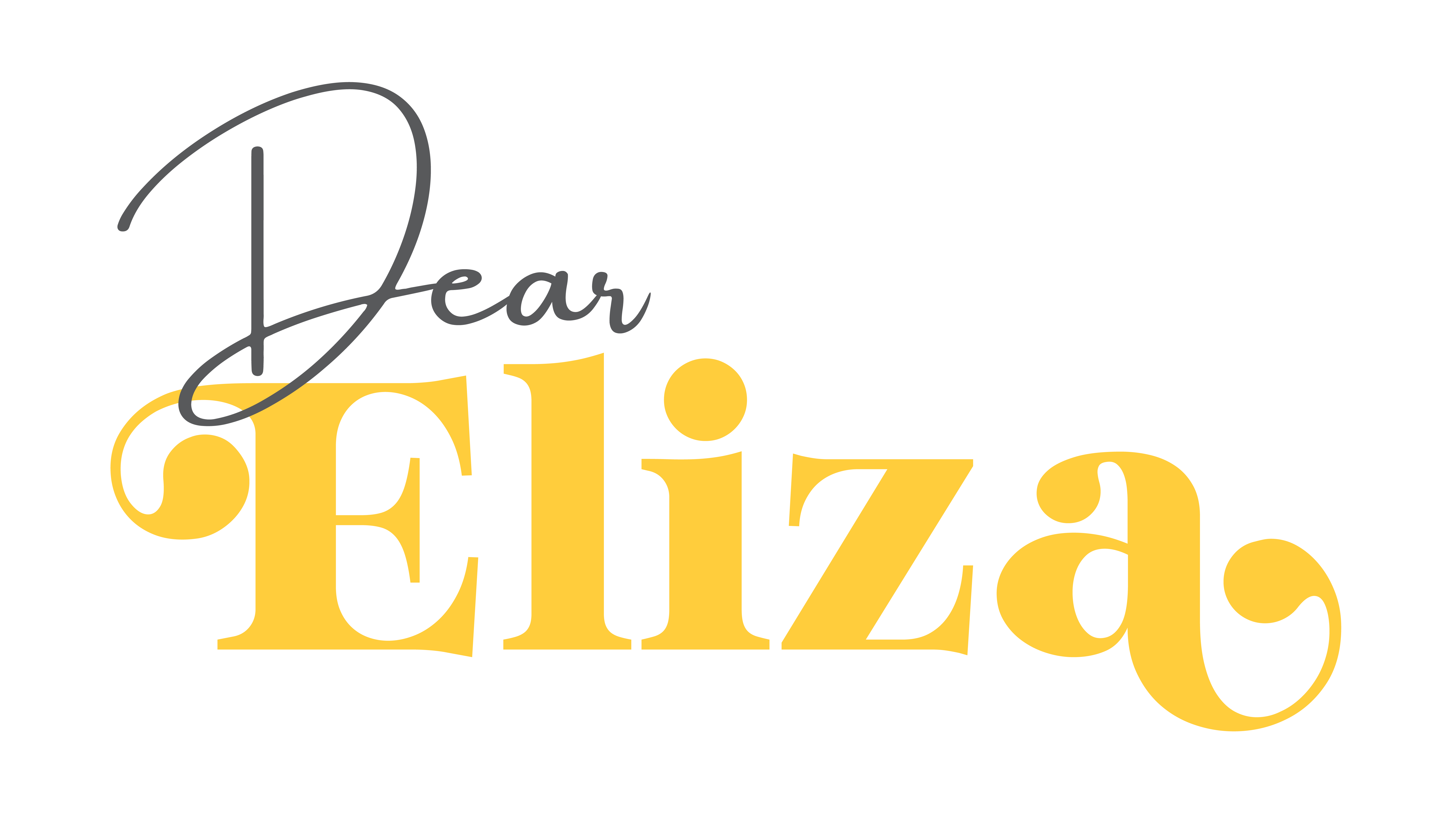When firefighters are called in to put out a fire in a building, one of the first things they do when they arrive on site is to knock on or touch one of the surfaces in front of them. Why? Ideally there is no one in there… In actuality, they are assessing whether it would be safe to open the door: if it feels hot, the fire is likely right behind the door. If oxygen is introduced to the area- BOOM! In a similar (and not so fiery way), offering a repeatedly bruised and broken heart some self compassion might have a similar effect…
- Locked Up Tight – It is natural for our survival instinct to kick in when we sense we are in danger or being hurt; soon after, impenetrable doors surround around a bleeding heart to protect it from further hurt. If we try to fill this area with self compassion, this might not initially be responded to well – we could end up feeling worse!
When these iron clad doors around a hurting heart have been tightly shut for a long time, beginning to gently pry them ajar with self compassion, all the negative feelings that have been kept locked up get activated all at once. Like oxygen to a fire: BOOM – in a good way, though. This is called backdraft. - A Controlled Burn – If you notice that uncomfortable and otherwise unkind emotions and thoughts follow from attempts at offering yourself self compassion rather than stopping or aborting the mission, try labelling it: “Aha, here is backdraft…”. Simply acknowledging the process (rather than trying to extinguish or somehow choke the flame) can help to control the blaze in your heart! By choosing to name what is happening, it becomes possible to tame it – even a little.
Another option could be to locate where you are feeling the rumbling flames the most in your body and gently placing a supportive hand over top. Giving yourself permission to fully feel the sensations and appreciate that they and yourself can both be there at the same time is often quite the experience. Be mindfully aware of any changes in the blaze and in your heart. Just be there with them. Finally, using behavioural self compassion techniques is another option. Whether it is a supportive hug, a nice hot cup of tea, or asking yourself what you need most at this moment could be helpful. - Glowing Embers – We give ourselves compassion not to feel good (or chase scary negatives away), but because we feel bad (Neff & Brown, 2016). Just the fact that you listened to the shouts coming from your body with a gentle and compassionate response is remarkable. The fact that you chose to stay with discomfort and watch the intense blaze slowly wane to burning embers then a comfie warmth shows that you are relating to you like a good friend. You are offering yourself a gift from yourself. A gift only you can give: self compassion.
Breines et al., 2012; Leary et al., 2007, cf Neff 2003; Neff, 2003)
Breines et al., 2012; Leary et al., 2007, cf Neff 2003; Neff, 2003)
Chodron, Pema, 2010, cf Desmond, 2016
Germer, 2009
Neff, 2003
Neff & Brown, 2016





